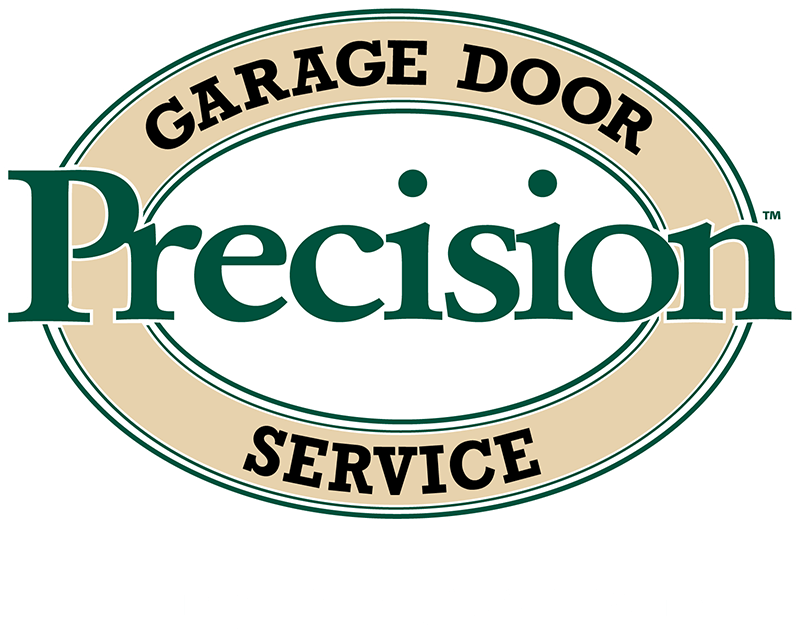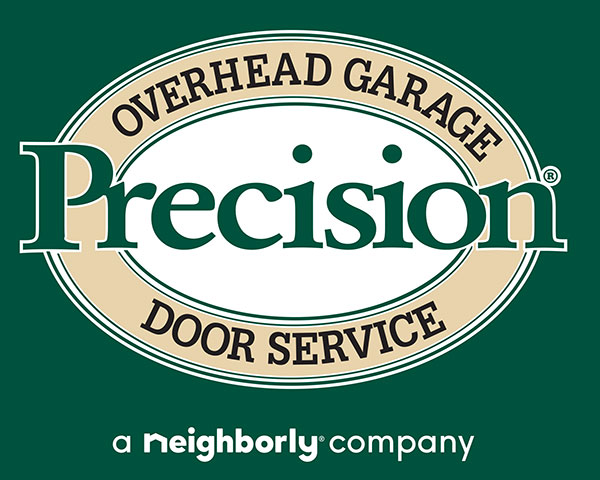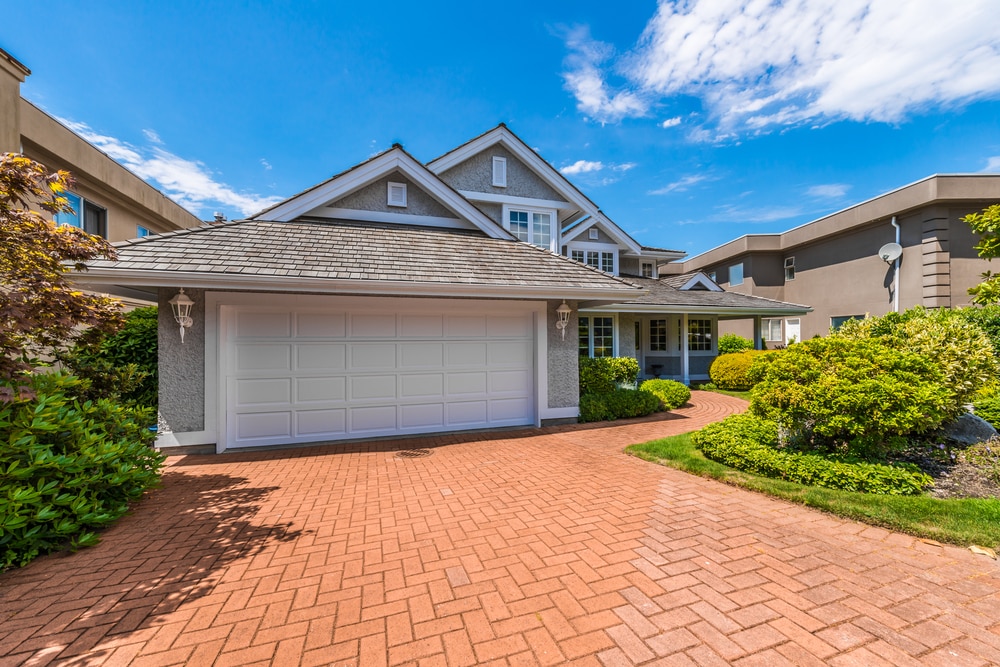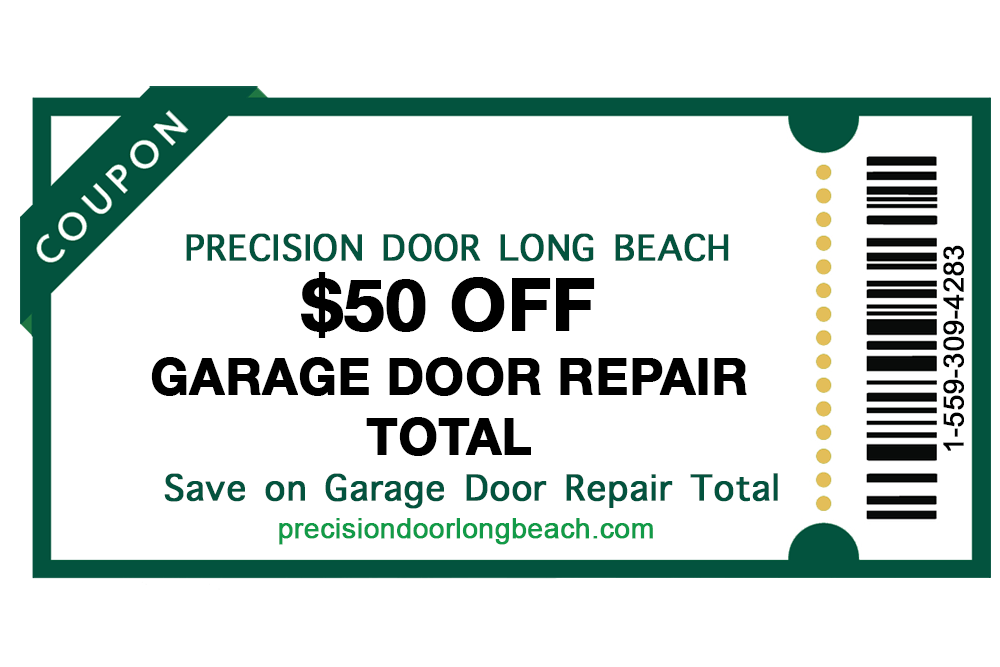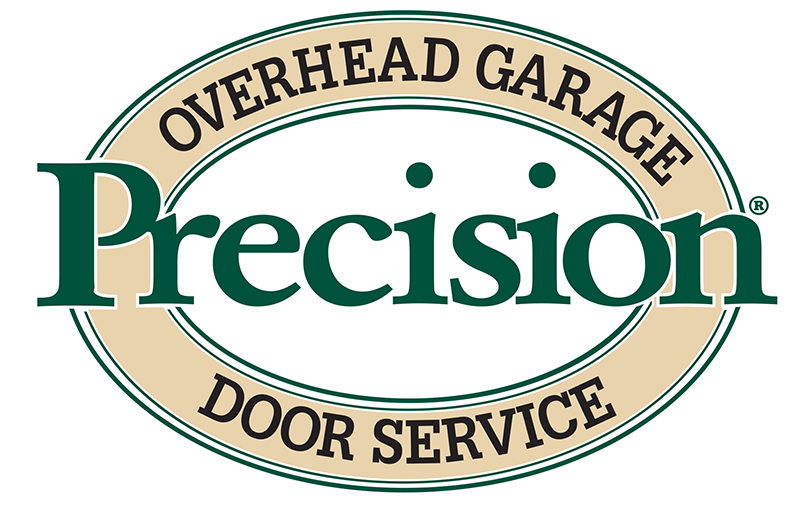Types of Springs
Garage door springs generally fall into one of two categories: torsion and extension. Torsion springs are typically used on larger garage doors. They’re operated by a control mounted to the wall in your garage near the door. Extension springs are the second most common type of spring. They are situated on either side of the garage door. They’re operated with a cable and pulley system. The two types of springs share many symptoms in common when something is wrong. However, they are usually fixed using different methods.
Signs of a Problem
Usually, you’ll know it may be time for garage door repair Long Beach when the garage door won’t open. A garage door may fail to open because of the springs. However, there can also be other issues with the garage door or the garage door opener. A professional can perform a thorough inspection to pinpoint the cause of your problems.
As your garage door ages, wear and tear may become more evident. By performing a quick and easy visual inspection, you can start to notice when a part isn’t working as well before major problems arise. When the garage door is closed, look at the mounting hardware, pulleys, rollers, cables, and springs for signs of wear. Keep in mind that the springs might start to wear out even before visual damage appears. Along with signs of visual wear, look for any separation and changes in tension. The latter occurs when the springs get stretched out and lose elasticity. If you have an automatic garage door, disconnect the automatic door opener so that you can manually lift the door. The door should open easily and stay up. If it doesn’t, faulty springs may be to blame.
Next Step: Repairs
Broken springs are a major safety hazard, as they are under a tremendous amount of pressure. Unlike minor garage door issues, you won’t be able to fix them yourself. If you notice any of the symptoms above, you’ll know that it’s time to contact a professional for repairs. Even if you’re not sure if the springs are the source of your garage door problems, it’s better to have a professional inspection to be sure. A technician can point out other issues that may be preventing your garage door from properly functioning too.
